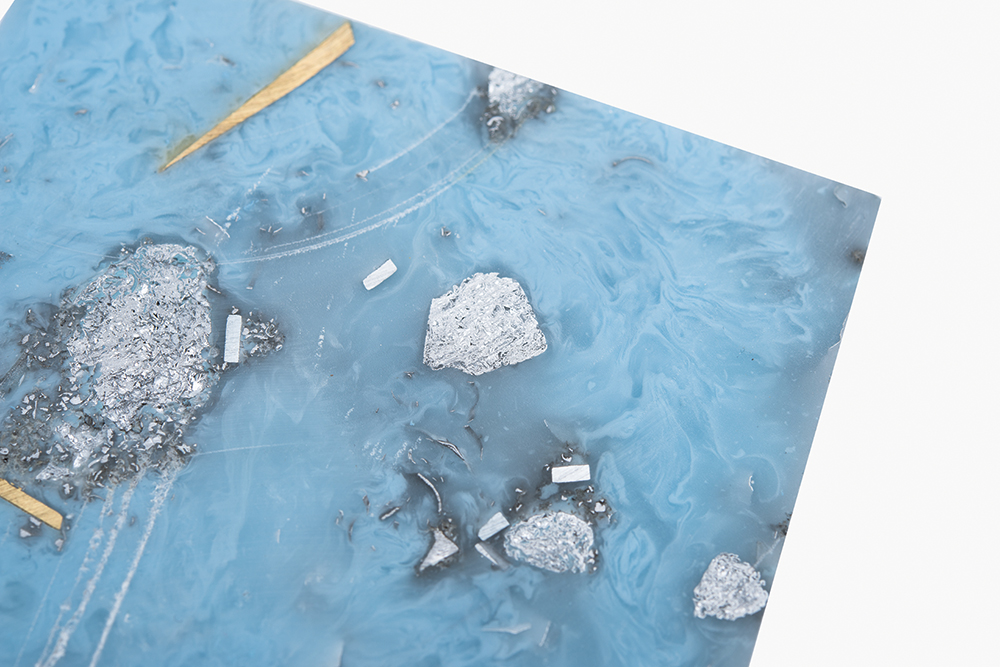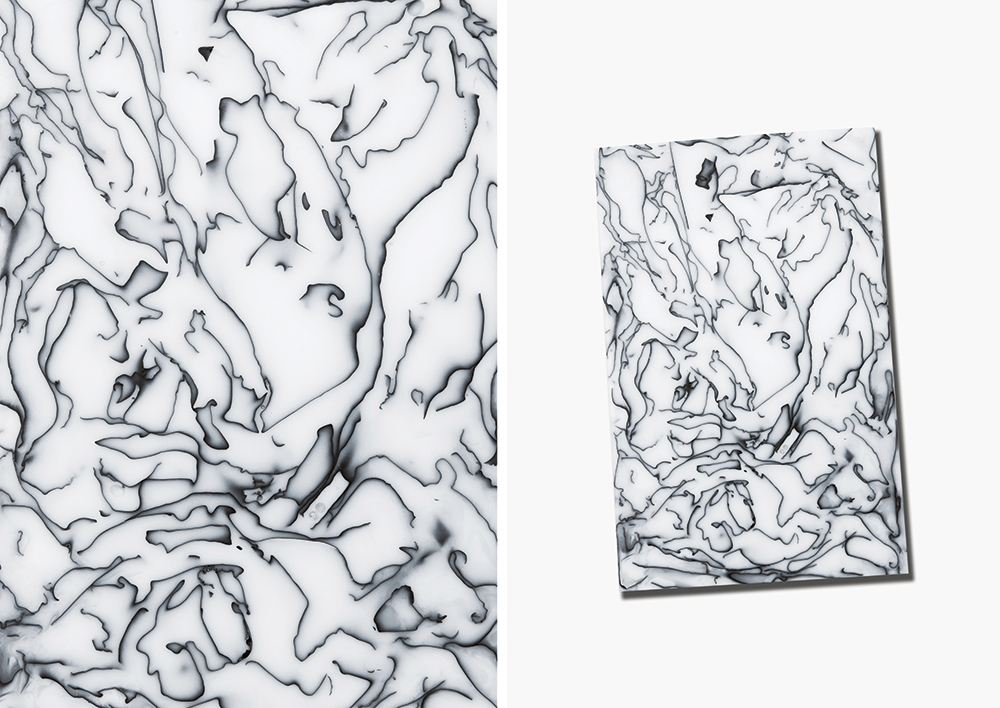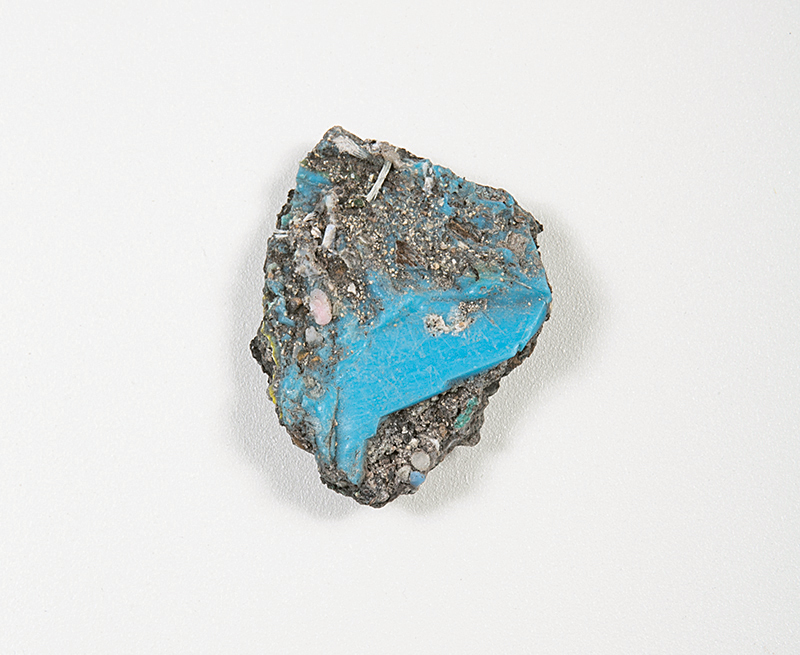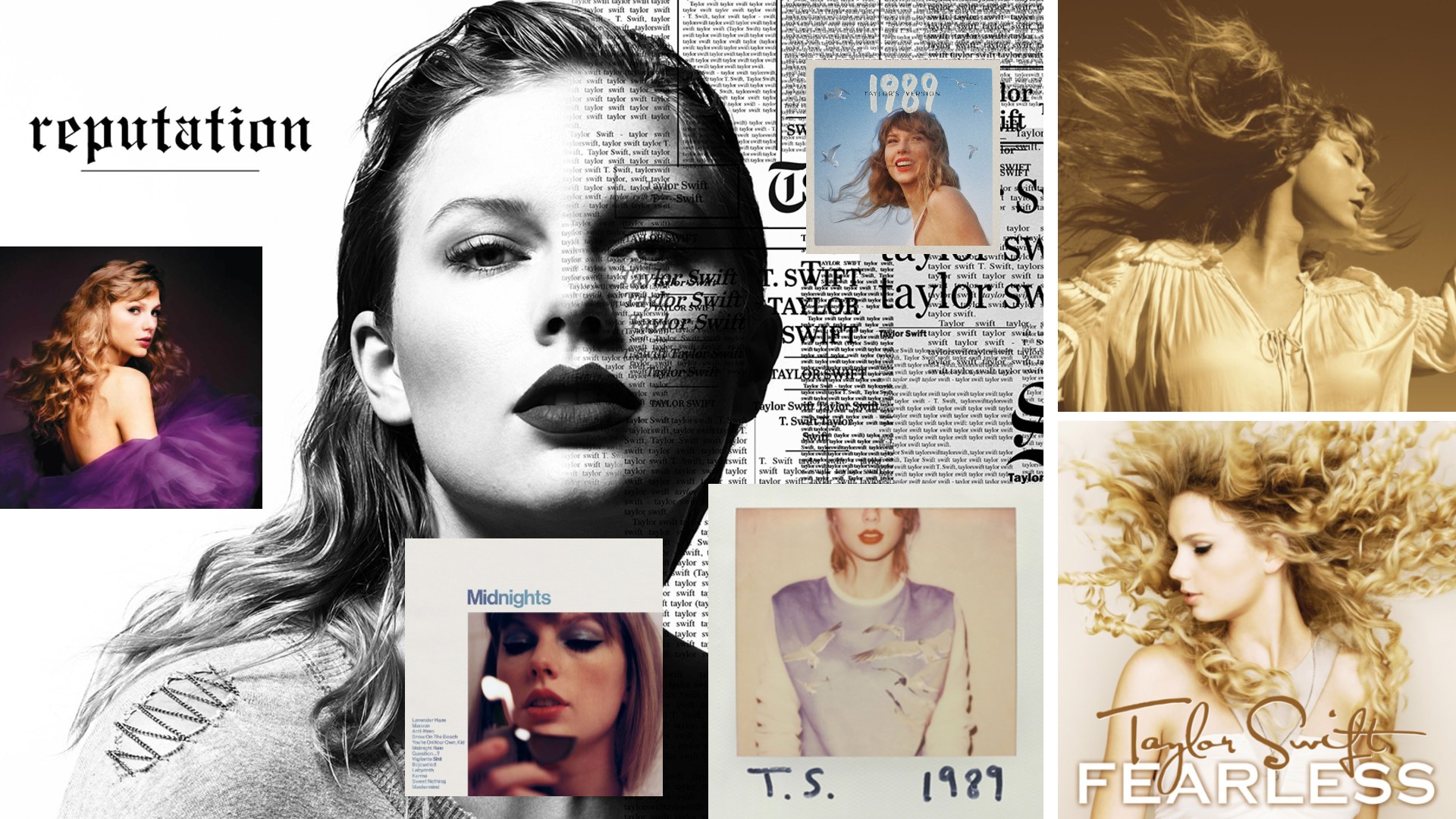The top colour trends for 2017 revealed
Creative consultancy FranklinTill delivers in-depth analysis of the colour palettes for the coming year.

Blue is the least naturally occurring of the primary colours. And in this era of conscious living, it might be expected that we would witness a rejection of the often synthetic shade. However, as the effects of humanity on the planet become ever more evident, and the implications of the anthropogenic geological era are realised, blue might well be starting to become the new (un)natural.
Mankind’s relentless burning of fossil fuels, burying of plastics and mining of raw materials has had an irreversible impact on the geological make-up of our planet. As a result, we are beginning to witness the exploration of waste as a source of raw material, a search for alternative mining processes, and a re-evaluation of our current definition of nature.

Since the mid 20th century, approximately six billion tons of plastic have been manufactured. Much plastic ends up in our oceans and landfills, and its longevity can be seen in some unexpected ways. After travelling to Kamilo Beach, a polluted stretch of sand on Hawaii’s Big Island, geologist Patricia Corcoran and artist Kelly Jazvac discovered a new material they call Plastiglomerate – a mix of plastic and beach sediment, including sand, wood, coral and basalt rock.
Plastiglomerate has the potential to become the fossil of the future, signalling the impact of human pollution while also serving as a permanent marker of the Anthropocene era in our planet’s geological record. The work of multidisciplinary designer Jorien Wiltenburg further speculates on the impact of the Anthropocene era.
In Cross Section Geology, part of Wiltenburg’s New Geology project, Wiltenburg explores our changing planetary landscape through geological cross-sections made from beach and city rubbish. The objects question and redefine our perception of nature and its inherent aesthetic and palette.

It’s not only the earth’s make up that is being altered by discarded plastic waste, but also that of the ocean. Whole islands of plastic built by natural gyres are emerging, and designers are taking inspiration from this modern flotsam and jetsam, and looking at ways to limit the effects of plastic waste in the oceans.
Studio Swine has explored the possibilities of turning floating waste back into useful products. Sea Chair, made in conjunction with Kieren Jones, used a retired fishing trawler to harvest plastic waste from the sea, which an onboard factory transformed into chairs.
Get the Creative Bloq Newsletter
Daily design news, reviews, how-tos and more, as picked by the editors.
A new plastic-based palette acknowledges our anthropogenic future. Natural materials are redefined by the earth’s altered geological make up, and softened plasticised blues and greys are reclaimed from the earth and sea.
This article was originally published in Computer Arts magazine issue 261. Buy it here.
Related articles

Thank you for reading 5 articles this month* Join now for unlimited access
Enjoy your first month for just £1 / $1 / €1
*Read 5 free articles per month without a subscription

Join now for unlimited access
Try first month for just £1 / $1 / €1
